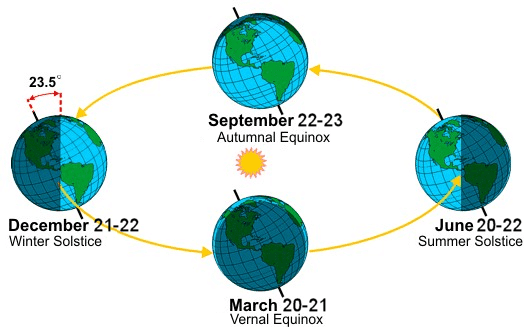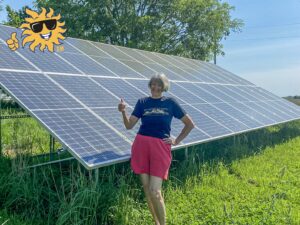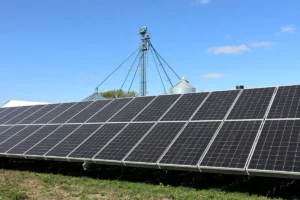Have you noticed how the days seem to be getting longer, that the sun is hanging around longer in the sky? You can thank the tilt of the Earth for this, and it’s a large factor in how your solar panels produce energy.
You might be surprised to learn that the Earth does not rotate around the sun in an upright position. The Earth actually has a tilt of 23.5 degrees. This tilt is what causes the seasons: When the Earth begins to tilt towards the sun, we experience spring and summer. As the Earth begins to tilt away from the sun, we experience fall and winter. The days when the Earth is at its maximum tilt toward or away from the sun are solstices.
As you might imagine, these swings towards and away from the sun cause fluctuations in how much sunlight your solar panels receive during the day and how much energy they produce. When the Earth is at its maximum tilt towards the sun during Summer Solstice (between June 20 and 22 in the Northern Hemisphere), the sun reaches its highest point in the sky and lasts the longest in the sky compared to any other day of the year. This provided solar panels a greater opportunity to produce energy.
The exact opposite is true on Winter Solstice (between December 20 and 22 in the Northern Hemisphere), when the Earth is at its maximum tilt away from the sun, and the sun reaches its lowest point in the sky and has the shortest time in the sky compared to any other day of the year. This day is the hardest day of the year for solar panels to produce energy since the amount of sunlight they receive is very limited.
The good news is that although it is still winter, Winter Solstice for this season has passed. From here, the Earth will start to tilt more and more towards the sun until it reaches Summer Solstice. This means your solar panels will create more and more energy as the weather begins to heat up and the sun begins to hang around longer, just in time to power your air conditioners and pool pumps.







